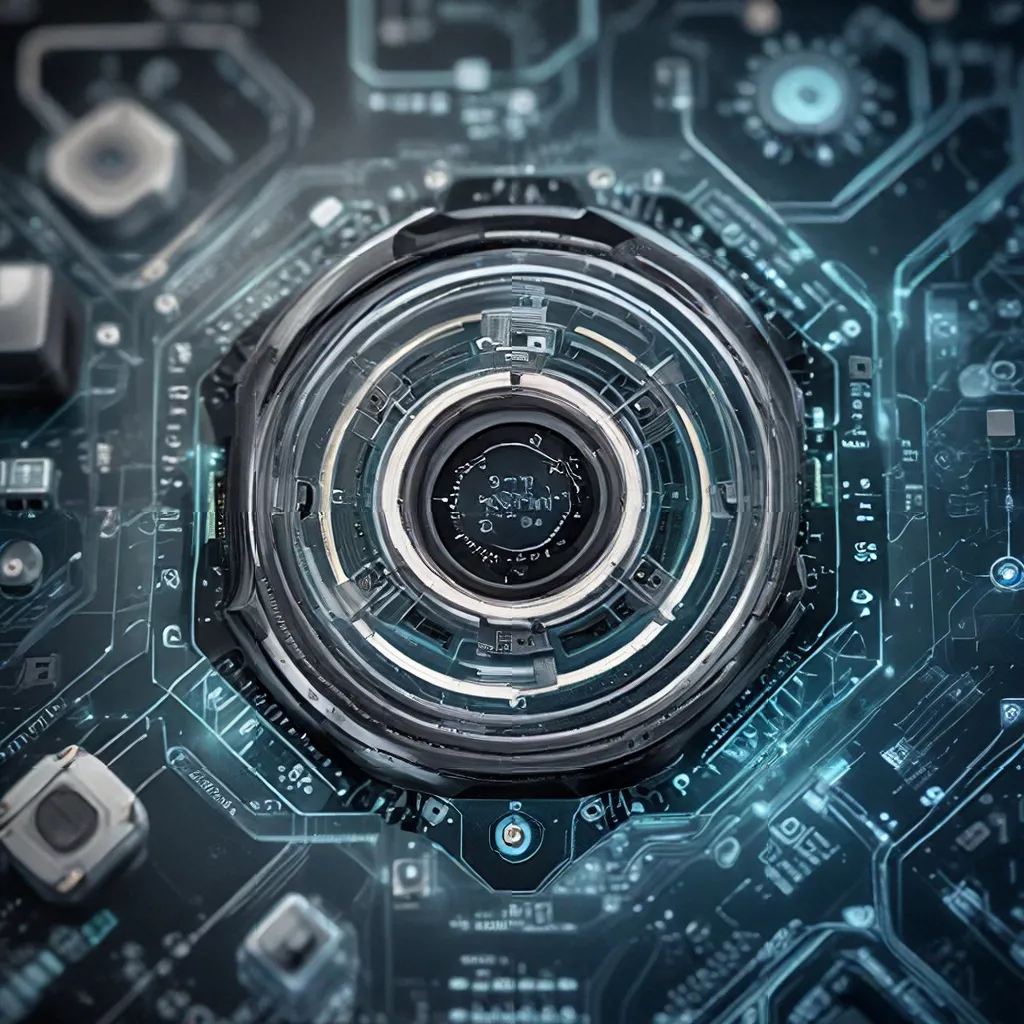
The Evolution of IoT: From Everyday Objects to Industrial Applications
The Internet of Things (IoT) has evolved significantly over the years, transforming from a concept of connecting everyday objects to the internet to a powerful tool for driving innovation and efficiency in industrial settings. This evolution has led to the emergence of the Industrial Internet of Things (IIoT), which focuses on connecting and digitizing industrial equipment, machinery, and processes.
The key characteristics of IIoT include an industrial focus, extensive data collection, real-time analytics, predictive maintenance, and the ability to integrate with existing systems. These capabilities have unlocked a myriad of benefits for manufacturers, including data-driven decision-making, cost reduction, enhanced product quality, and improved market competitiveness.
Navigating the Challenges of IIoT Implementation
While the benefits of IIoT are substantial, its implementation comes with several challenges that manufacturers must navigate. These include security concerns, integration complexity, data overload, and scalability issues. Addressing these challenges requires a comprehensive understanding of the technologies and protocols that underpin IIoT networks.
Key Technologies in IIoT Networks
IIoT networks encompass a diverse range of hardware and software components, including sensors and actuators, connectivity protocols, edge computing, cloud computing, wireless communication technologies, and security technologies. The choice of these technologies depends on the specific industrial use case, scalability requirements, and existing infrastructure.
Sensor Fusion: The Cornerstone of Intelligent IoT Ecosystems
At the heart of IIoT lies the concept of sensor fusion, which combines data from multiple sensors to provide a more comprehensive understanding of the physical environment. By leveraging sensor fusion, IIoT applications can achieve enhanced accuracy, reliability, and responsiveness, enabling advanced capabilities such as predictive maintenance, quality control, and energy management.
Sensor-Networks.org provides a vast repository of resources and insights on the latest advancements in sensor network technologies, empowering organizations to unlock the full potential of IIoT.
Transforming Manufacturing with IIoT
The Industrial Internet of Things has ushered in a new era of innovation and efficiency in the manufacturing sector. By integrating sensors, connectivity, and data analytics, IIoT enables manufacturers to optimize processes, reduce costs, enhance product quality, and gain a competitive edge.
Some of the prominent use cases of IIoT in manufacturing include predictive maintenance, quality control and assurance, energy management, inventory management, asset tracking and management, remote monitoring and control, production line optimization, worker safety and health, supply chain visibility, and data-driven decision-making.
A Comprehensive Roadmap for Scaling IIoT Deployments
To successfully harness the power of IIoT and scale their operations, manufacturers can follow a comprehensive roadmap that includes steps such as defining clear objectives, assessing current infrastructure, choosing the right technology, implementing secure protocols, data management and analytics, pilot projects, scalability planning, employee training, continuous improvement, and collaboration and ecosystem building.
The Future of IIoT: Trends and Innovations
The future of the Industrial Internet of Things promises to be marked by continued innovation and transformative advancements. 5G connectivity, edge AI, digital twins, blockchain for security and trust, sustainability and energy efficiency, human-machine collaboration, advanced analytics and machine learning, cross-industry collaboration, and autonomous systems are some of the key trends shaping the future of IIoT.
As the fusion of IoT and cloud computing continues to drive digital transformation across industries, it is crucial for organizations to stay informed and adapt to the evolving landscape. By embracing the power of sensor fusion and leveraging the capabilities of IIoT, businesses can unlock unprecedented efficiency, reliability, and innovation, positioning themselves for long-term success in the interconnected future.
Conclusion
The Industrial Internet of Things has revolutionized the manufacturing sector, enabling organizations to optimize processes, enhance product quality, and gain a competitive edge. By harnessing the power of sensor fusion and leveraging the latest IIoT technologies, manufacturers can unlock new levels of efficiency, reliability, and innovation.
To successfully navigate this dynamic landscape, organizations must follow a comprehensive roadmap, address key challenges, and stay informed about the emerging trends and innovations that are shaping the future of IIoT. By embracing the transformative potential of sensor-enabled IoT ecosystems, businesses can position themselves for long-term success in the interconnected world of tomorrow.